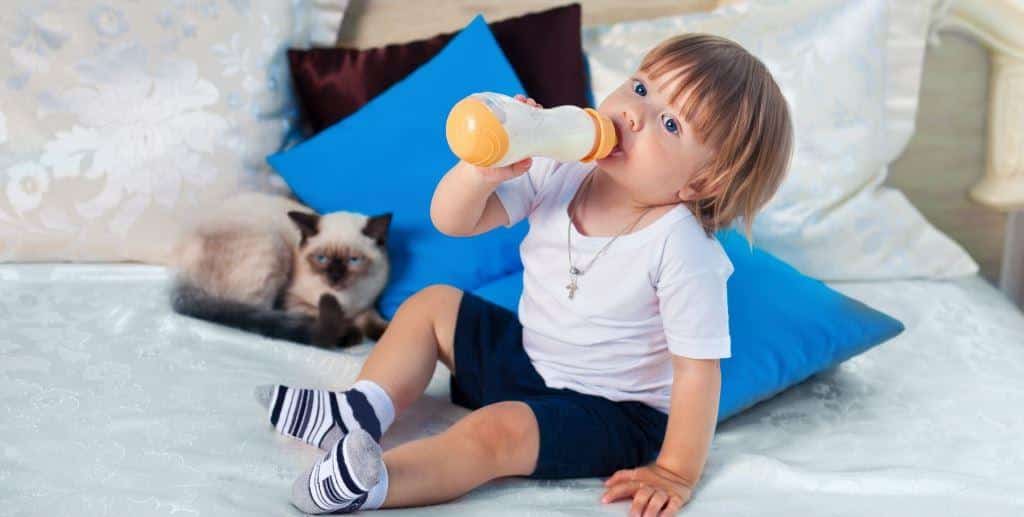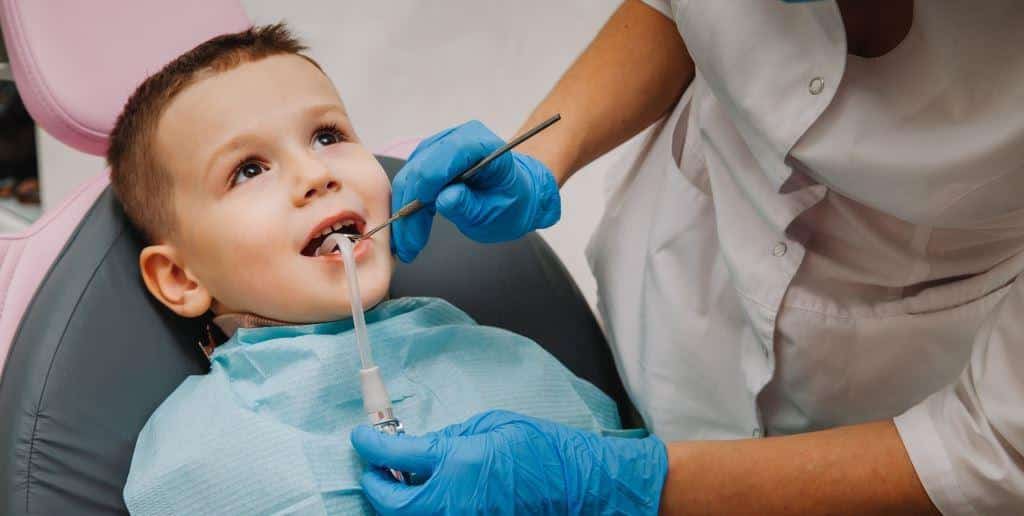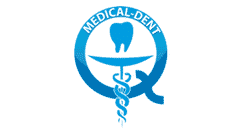Looking after a child's gums and teeth is important from the first days of life. If they are neglected, there can be serious consequences. One of these is so-called bottle tooth decay. Find out what it is, how to prevent it and how to treat it.
Bottle caries - what is it and where does it come from?
Bottle caries takes its name from the prolonged feeding of a baby with milk from a bottle. However, it does not only affect babies fed with modified milk. To a much lesser extent, but it can also affect breastfed babies. Especially if they are also fed at night and do not brush their teeth afterwards.
By drinking milk through a teat, the front teeth, on which caries often appears earliest, are in constant contact with milk. Teeth are coated by it and, if not washed, are exposed to bacteria for hours, leading to plaque formation and enamel damage.
Front teeth are particularly susceptible to decay, as saliva does not wash over them as it does over the other teeth. Particularly at night, when its production is reduced. Importantly, the child can be infected by caries bacteria from, for example, his parents - so try not to kiss your child on the mouth or lick his dummy or later cutlery.
It is not only prolonged bottle feeding that can cause bottle caries. So-called non-cap cups are equally dangerous. Especially if the drink in question is, for example, juice, sweetened tea or other drinks with sugars.
Unfortunately, tooth decay in children has the property that it is difficult to spot in its early stages. At first, they may be small whitish spots or streaks. They are usually dull and this is the only thing that distinguishes them from the enamel. More advanced decay leaves dark cavities near the gum line.
You can read more about tooth decay in children in our post "Child caries - causes, symptoms and treatment„.

How to prevent tooth decay in children?
First and foremost take care of the baby's oral hygiene from the first days of life. This should be done even before the appearance of the first tooth - in this case, after eating milk, clean the gums with gauze previously soaked in boiled water. When the baby is bigger, you can use a silicone finger pad, especially if the child is already having his diet expanded.
As soon as the first tooth appears, start using a soft toothbrush toothpaste and fluoride toothpaste for young children. We encourage you to read our entry "How to care for baby teeth and why it's so important„.
The appearance of your child's first tooth is also the right time for the first visit to the dentist. This is not only important for dental health reasons, but also for getting your child used to visits to the dentist. You can read about the first visit here: "Your child's first visit to the dentist in the UK„.
If for some reason your first visit to the dentist did not take place is soon after the appearance of the first tooth, we strongly encourage you to catch up with this before your child is 3 years old.
In our dental practice, we offer an adaptation visit, during which your child will become accustomed to the office and the dental equipment, and will also receive a gift for the brave patient. You can read more about this visit here.

Bottle caries - treatment
The treatment of deciduous teeth is very important. Decay on such teeth spreads extremely quickly. Therefore, do not delay your visit, as the decay can spread to neighbouring teeth after just one week. Read more about this in the entry "Treatsnnd of deciduous teeth - does it make sense„.
So how do you treat bottle caries? This depends on its severity. In the early stages of tooth decay, fluoridation is usually sufficient. At our dental practice we use varnishing, for which you will pay £50 per arch.
When the decay is more advanced and a cavity has appeared, it should then be filled. With us you will pay £60 for a filling. In extreme cases you may even have to have the tooth removed.
If you have any concerns about the state of your child's teeth, you are invited to contact.

